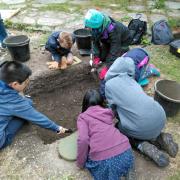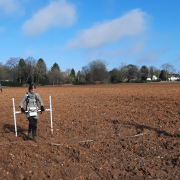One thousand years of solitude?
The Prehistoric Group has arranged a free Zoom talk by Paul Garwood of Birmingham University (Senior Lecturer in Prehistory) discussing the role of Neolithic pottery in south-east England. Online booking has been arranged to enable the Zoom link to be sent closer to the event.
The full title is: One thousand years of solitude? Social lives and transformation in the Middle and Late Neolithic of south-east England, 3500-2500 BC




